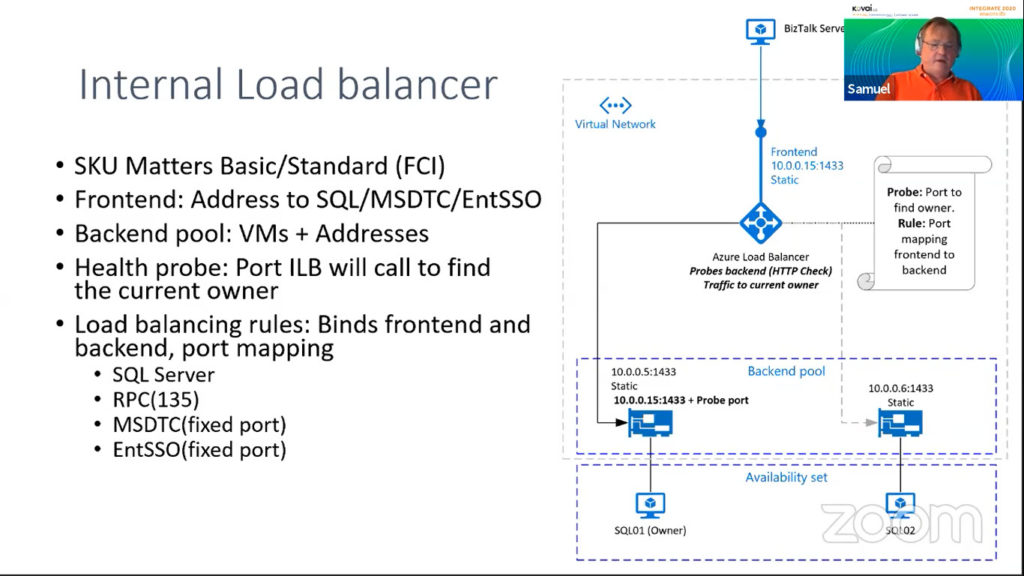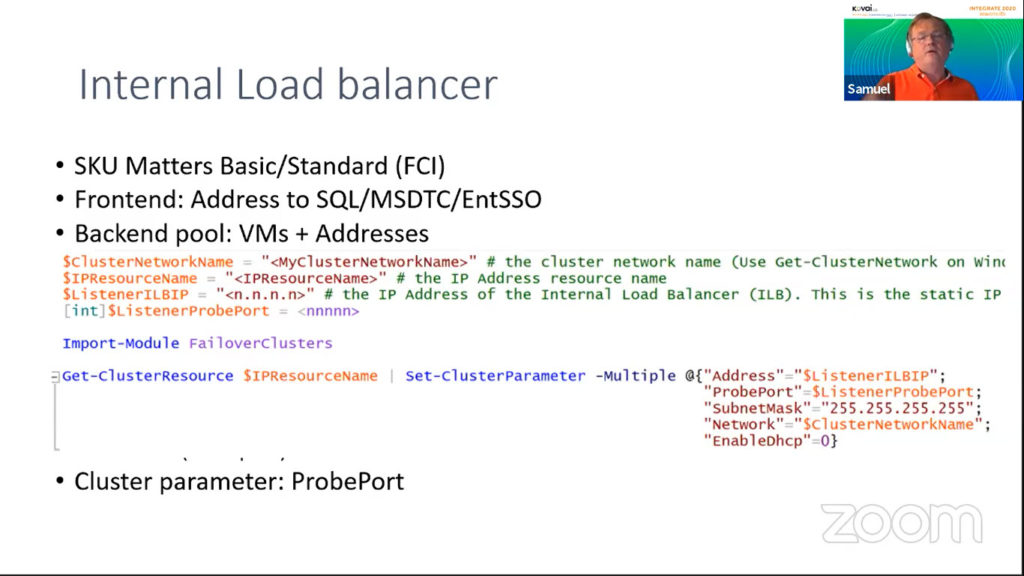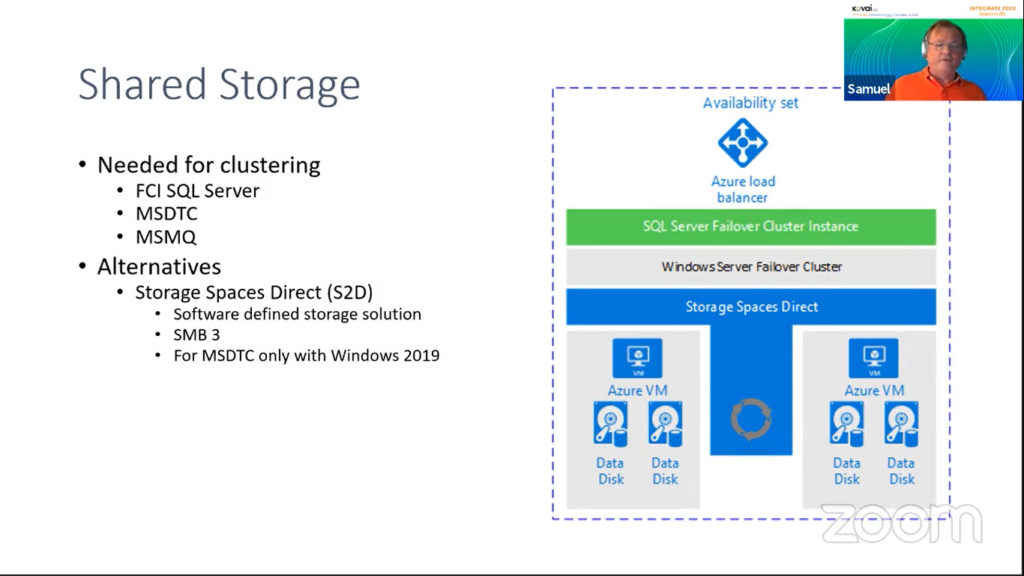
This blog is an extraction of the session “Setting up a highly available BizTalk Server in Azure” in the Integrate 2020 event presented by Samuel Kastberg, Senior Premier Field Engineer at Microsoft.
It gives you an overview of setting a highly available BizTalk Server in Azure using BizTalk2020 at a very high level. More and more it is common to install BizTalk environments in Azure. As especially Production environments require high availability, today Samuel gives guidance on HA related topics like network configuration, load balancing, and alternatives for clustering SQL Server
When you are setting up the BizTalk server environment, we have lots of considerations.
When it comes to Azure just as on-premises you have a set of rules and it will vary on how your environment works, your requirements, organization policies, what kindly of policies are followed.
When it comes to Governance, it will be considered based on your organization’s flexibility.
Things like,
We need to determine first-hand with the owners or administrators of the corresponding Azure subscription. For Example,
And for resources, the following are the important aspects to be considered
This is one of the essential criteria when you are working with Azure as the bill will be paid every month based on resource usage. Basically, a license in the Azure costs the difference between different products. Users will pay in advance for the resources or pay per usage. Purely, it depends on what kinds of enterprise you have with the Azure.
Tip: Azure pre-purchased License cost will be cheaper than when you pay as go.
Resource Provisioning is an essential task, you need to determine where you will organize your files and how to use it?
Security is another important aspect to be considered. You need to have your account, groups, and determine the access control between your Azure Active Directory and the hub with networking security.
Basically, BizTalk will access to different folders in the on-prem solutions. And, communicate with SQL servers, Services (Http, Https), and other infrastructure elements. To have a seamless connection, the proper plan needs to devise with your infrastructure team.
If we look at a little bit on the product side that is necessary to set up highly available here are some of the products SQL Server, MSMQ, BizTalk Server, MSDTC.
Here are some important aspects to be considered,
Tip: In Azure, it is cheaper with blob storage than using the file.
For the clustering,

Let’s see the structure of the Internal load balancer
SKU Matters
There are two SKU Matters available as Basic and Standard for the load balancer. In the standard, there is always needed to have the network security group and the network card you select should be in standard SKU’s.
Frontend
Load Balancing Rules
It will bind the front and the backend.
Port mapping is taken place here to determine only one port to be configured.
The other parameter is the Cluster. The ProbePort parameter needs to be set as it will check the health of the load balancer.


This will be needed for clustering when you use Failover clustering,
MSMQ, MSDTC. So, there are alternatives, storage spaces direct which is a software-defined storage solution that uses SMB3. The synchronization is happening for a number of VM’s that have two or more disks dedicated to the specific storage spaces. You can create disk areas that represent the clusters and used by the services. For MSDTC, It is only available for Windows 2019 and onwards.


Virtual machines are coming in different editions, that are optimized to handle different kinds of workloads on the size that matters. It is one of the important aspects that we must look into it,
It was indeed a fantastic session by Samuel. I hope it gives you an overview of setting up a highly available BizTalk Server in Azure using BizTalk2020 at a very high level. Happy clustering!